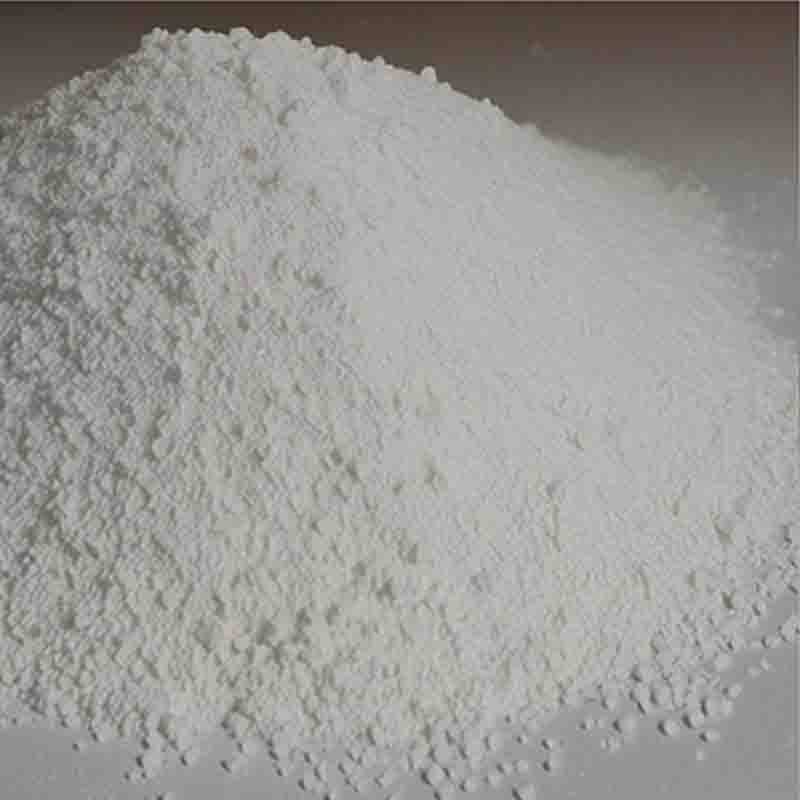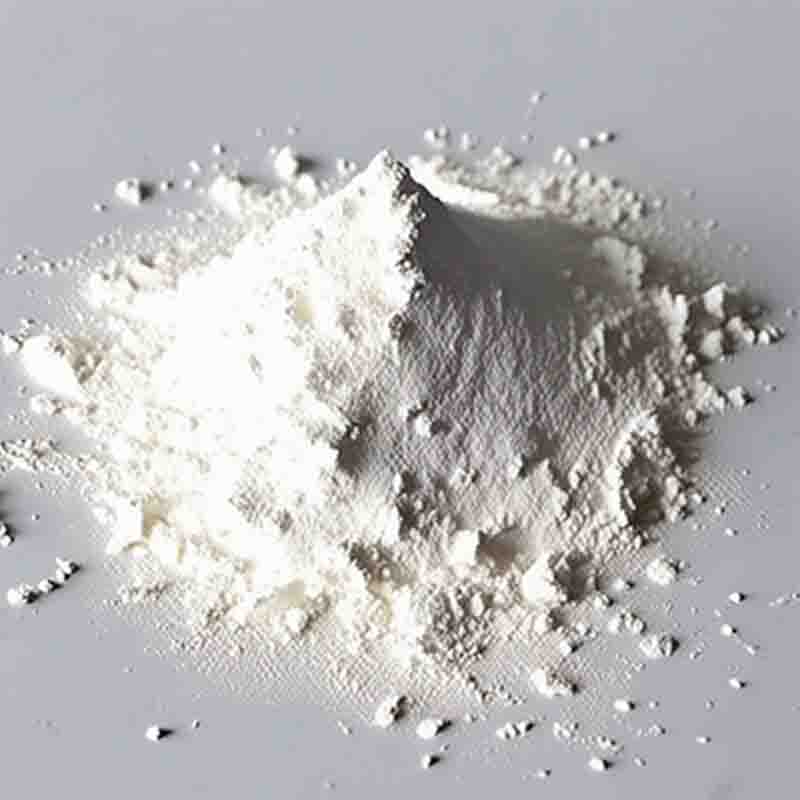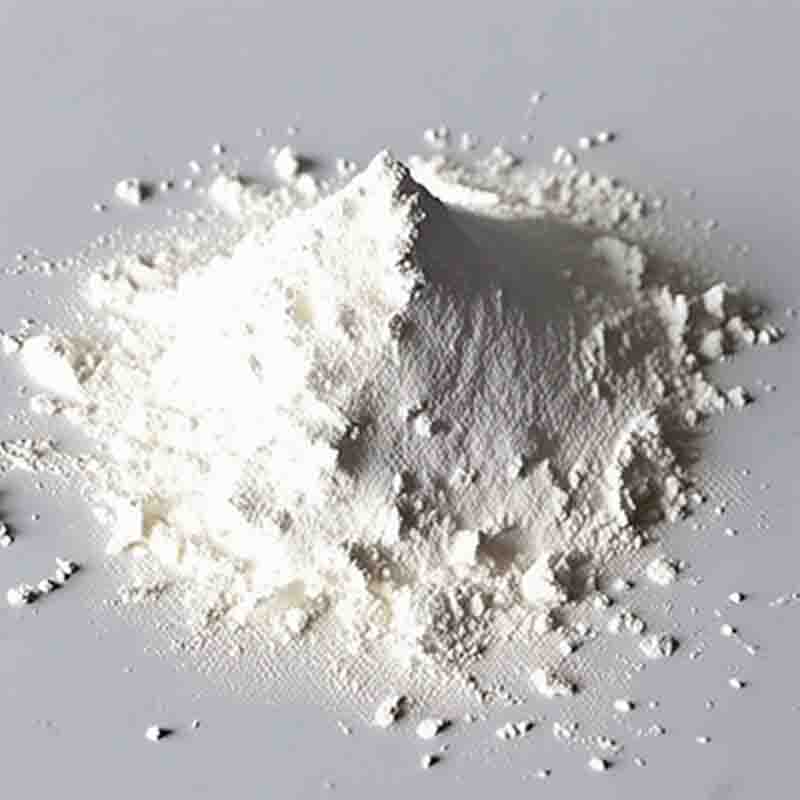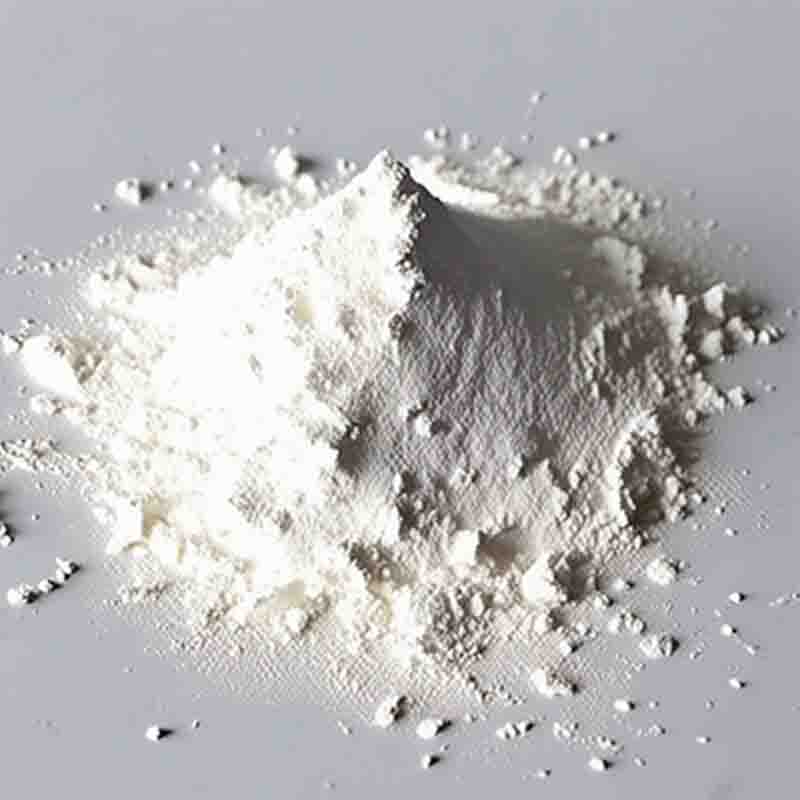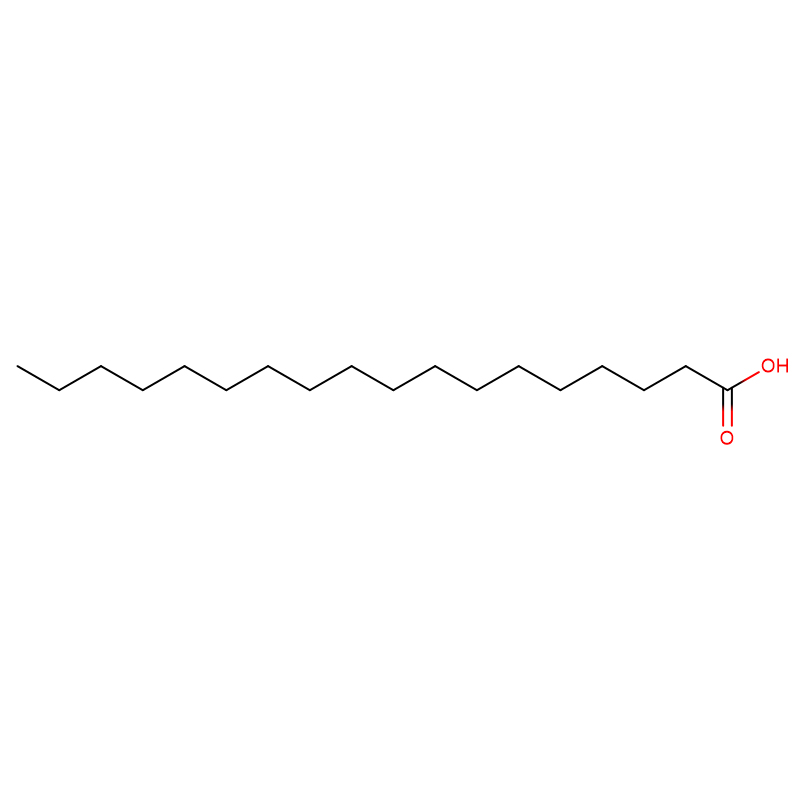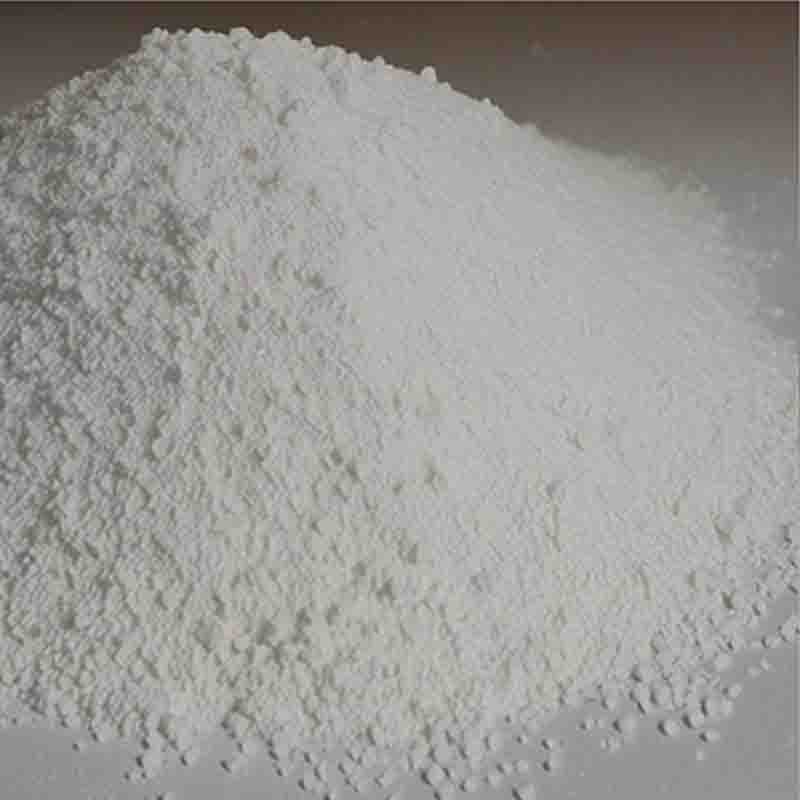5-Methyl-2-pyrazinecarboxylic CAS: 5521-55-1
| Catalog Number | XD94917 |
| Product Name | 5-Methyl-2-pyrazinecarboxylic |
| CAS | 5521-55-1 |
| Molecular Formula | C6H6N2O2 |
| Molecular Weight | 138.12 |
| Storage Details | Ambient |
Product Specification
| Appearance | White powder |
| Assay | 99% min |
The compound 5-methyl-2-pyrazinecarboxylic, also known as 5-MPC, has several potential applications in various fields.
One of its main uses is in the field of pharmaceuticals. 5-MPC can serve as a building block or intermediate in the synthesis of drug molecules. Its unique structure and functional groups make it suitable for the preparation of diverse pharmaceutical agents, including anti-inflammatory, antimicrobial, and anticancer drugs. Additionally, 5-MPC can be modified to introduce additional functional groups or enhance its biological activity, making it a valuable tool in drug discovery and development.
5-MPC also finds application in the field of agrochemicals. It can be used as a starting material for the synthesis of insecticides, herbicides, and fungicides. The compound's structural features make it a valuable component for the development of effective and environmentally friendly agricultural chemicals.
Furthermore, 5-MPC has applications in the field of materials science. It can be utilized in the synthesis of functional materials with specific properties. For example, it can be incorporated into polymers or coatings to enhance their performance in terms of adhesion, stability, or conductivity. 5-MPC's versatility makes it a valuable tool for the design and development of advanced materials.
In addition, 5-MPC can be used as a ligand in coordination chemistry. Its carboxylic acid group can coordinate with metal ions, forming stable complexes. These complexes can be employed in catalysis, as well as in the synthesis of metal-organic frameworks (MOFs) and coordination polymers. The unique properties of 5-MPC make it a useful ligand for various metal-mediated reactions.
Overall, 5-methyl-2-pyrazinecarboxylic, or 5-MPC, has diverse applications in pharmaceutical synthesis, agrochemical development, materials science, and coordination chemistry. Its versatility and ability to serve as a building block or ligand make it a valuable compound in multiple scientific disciplines.


